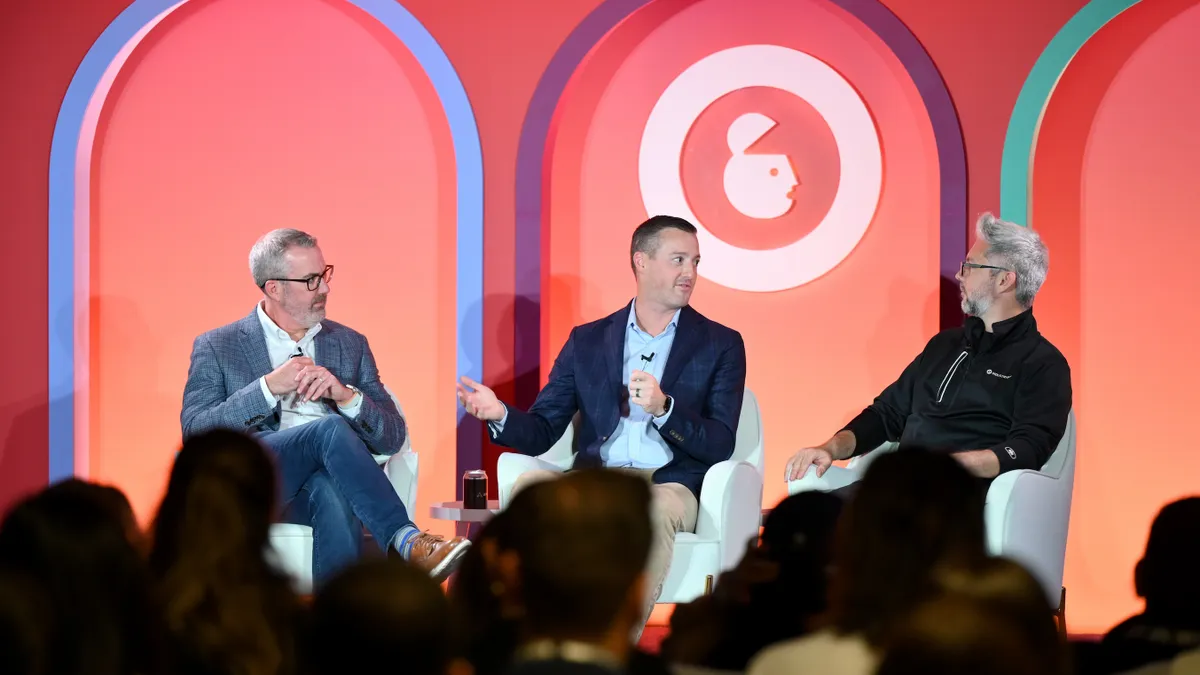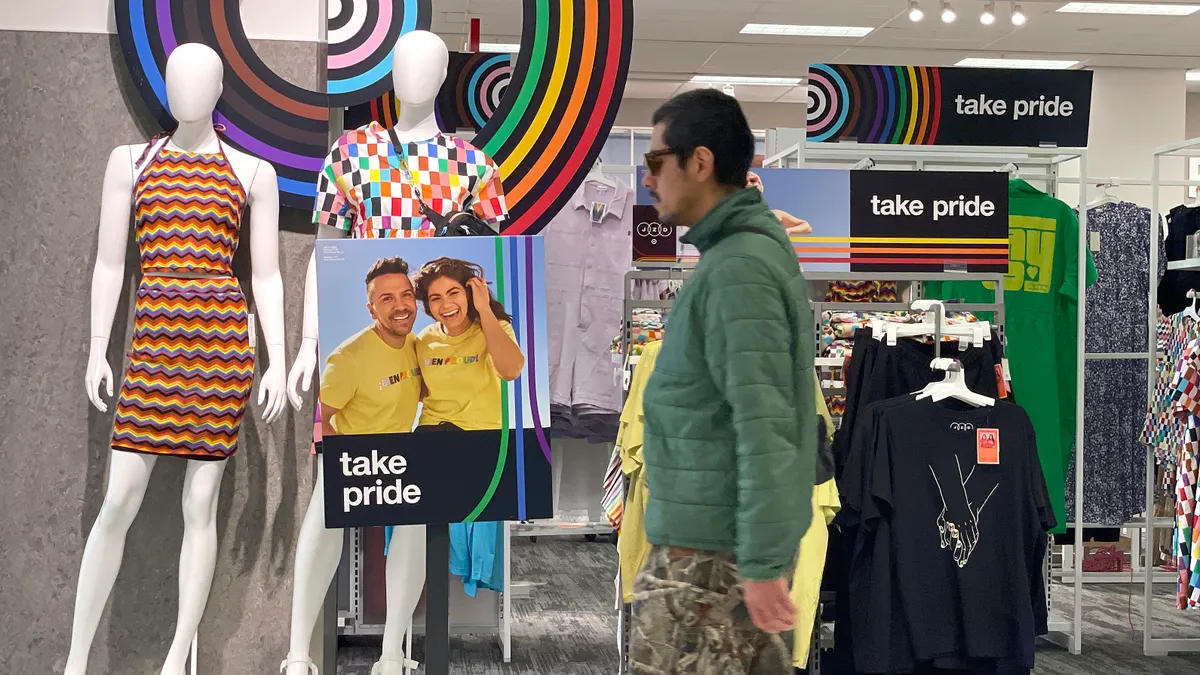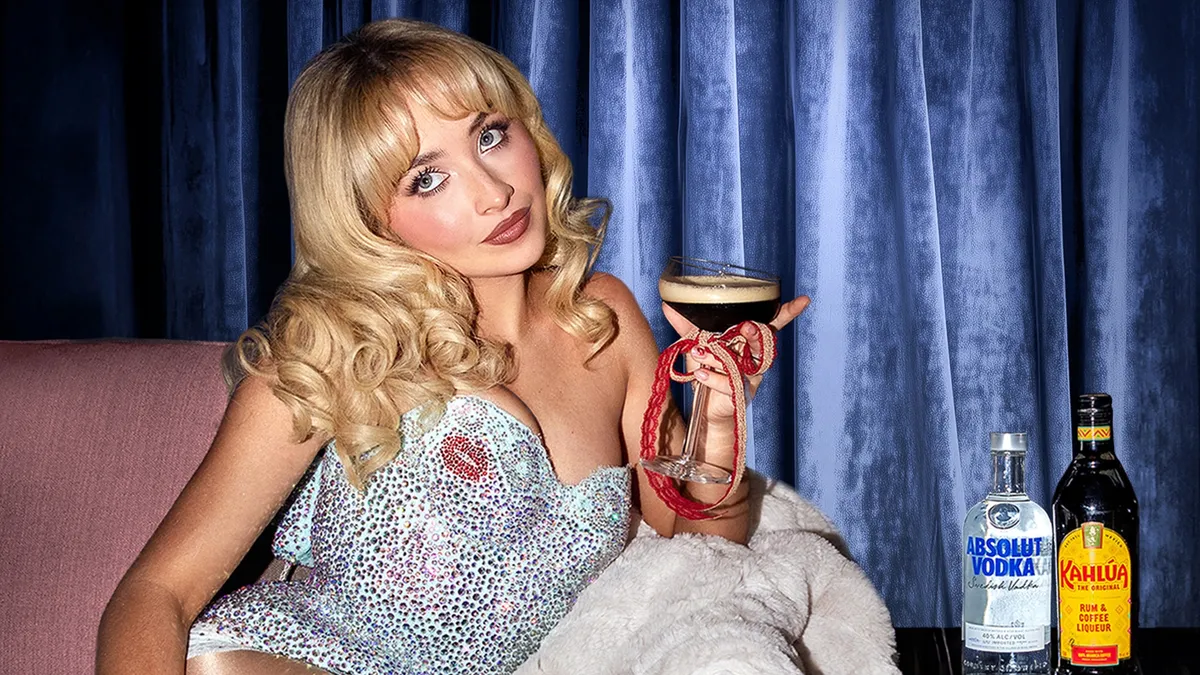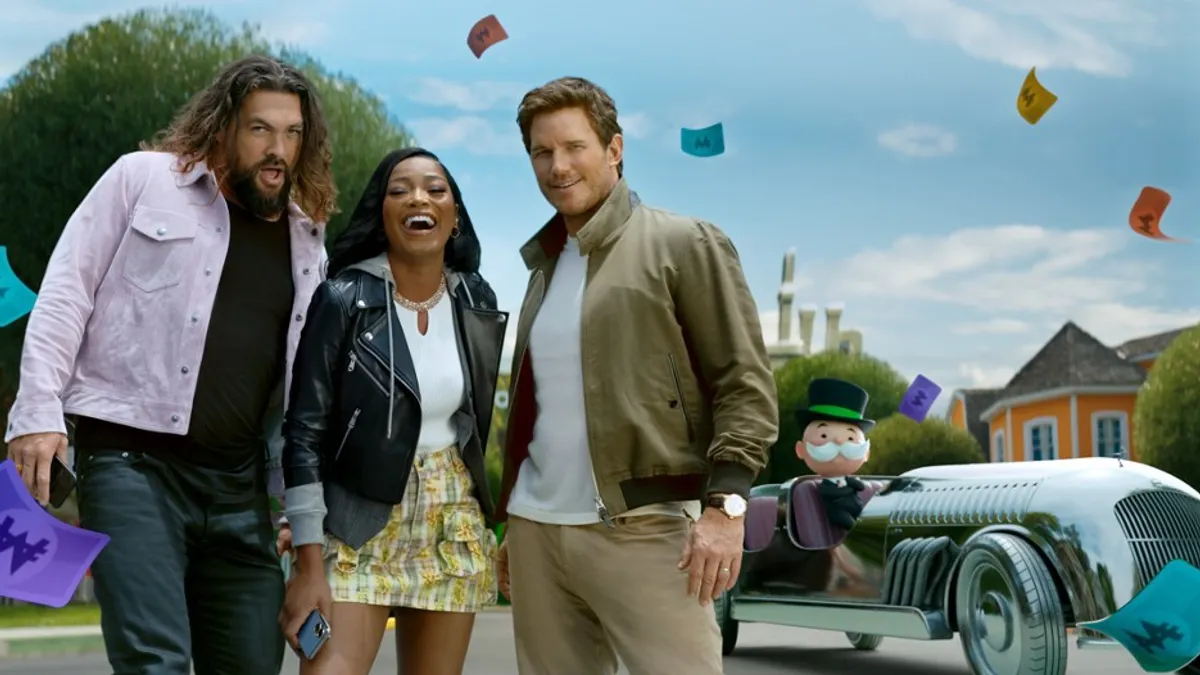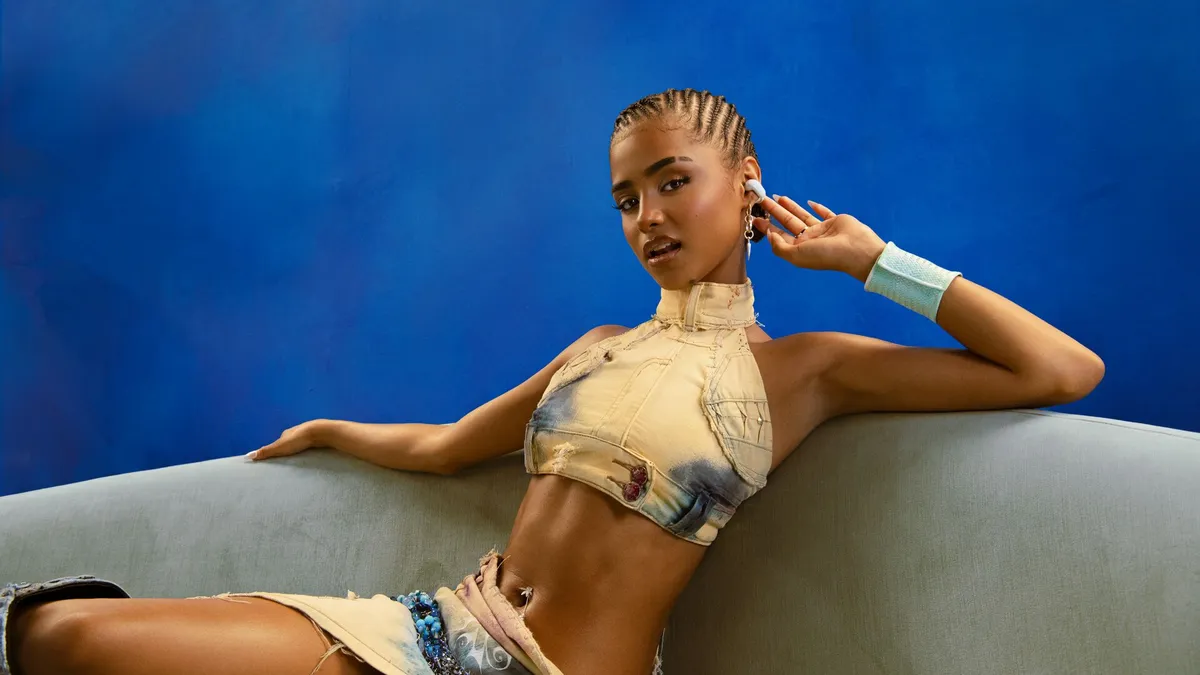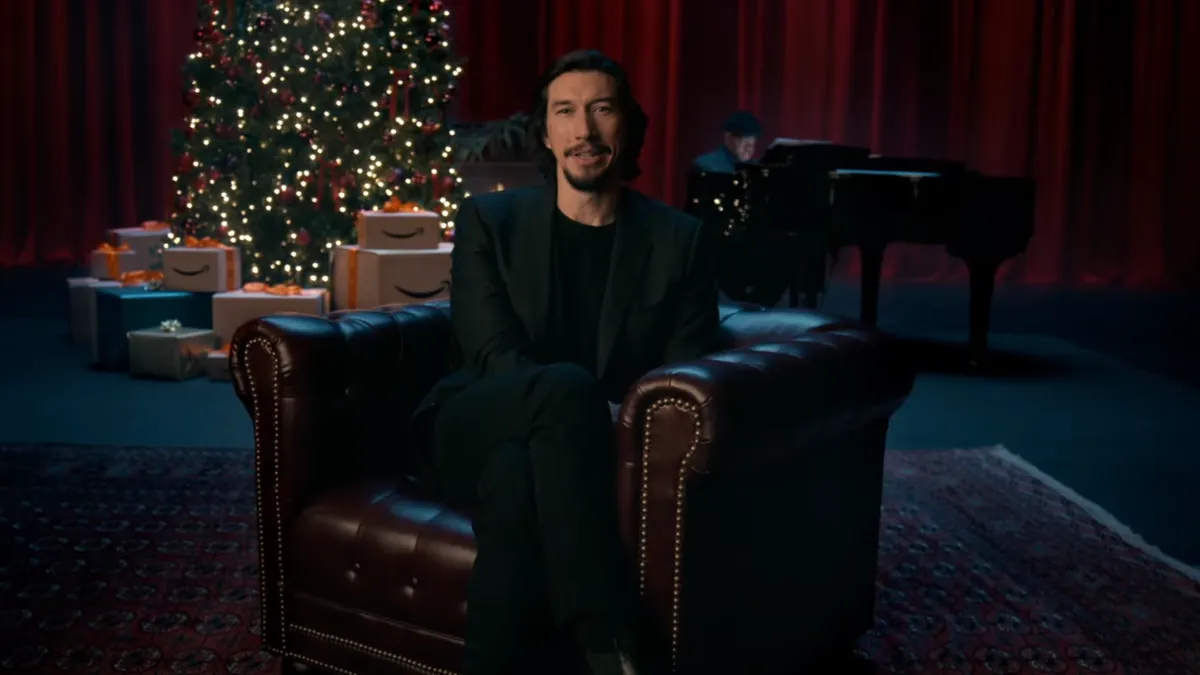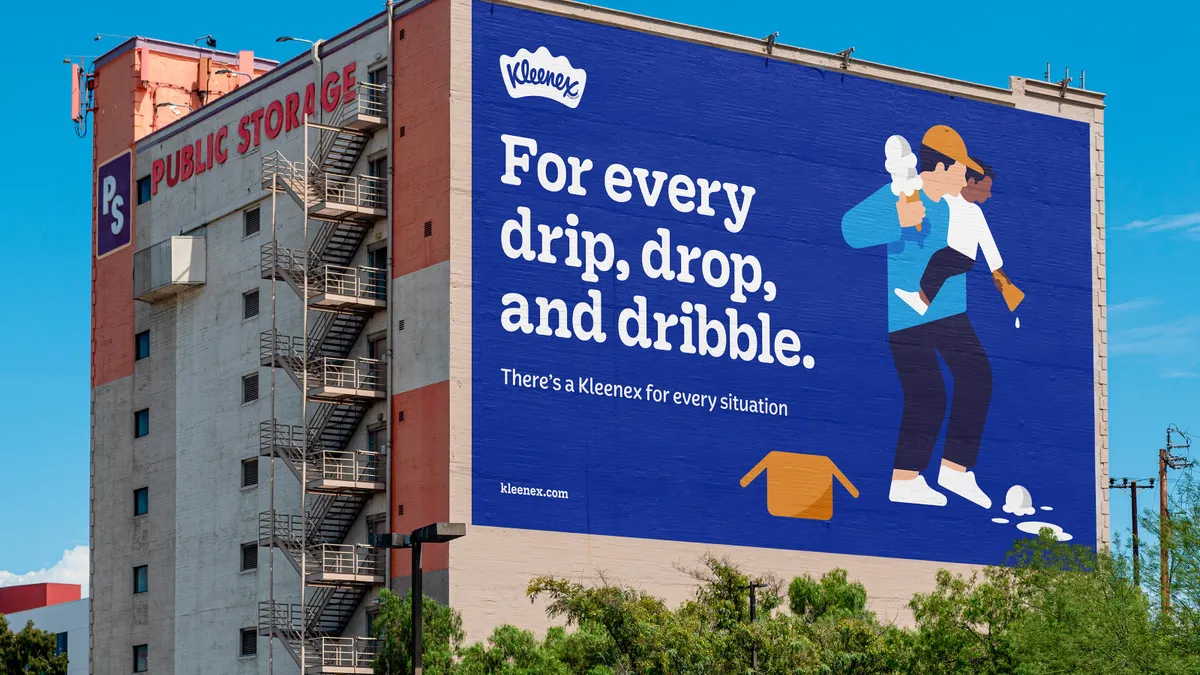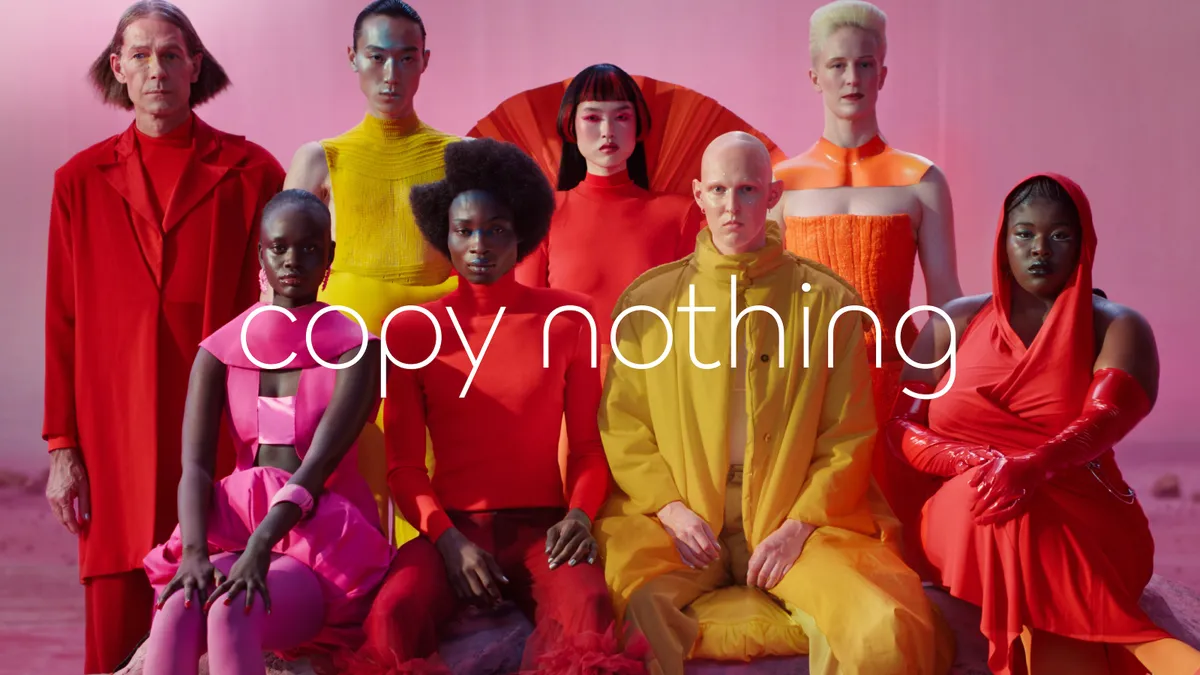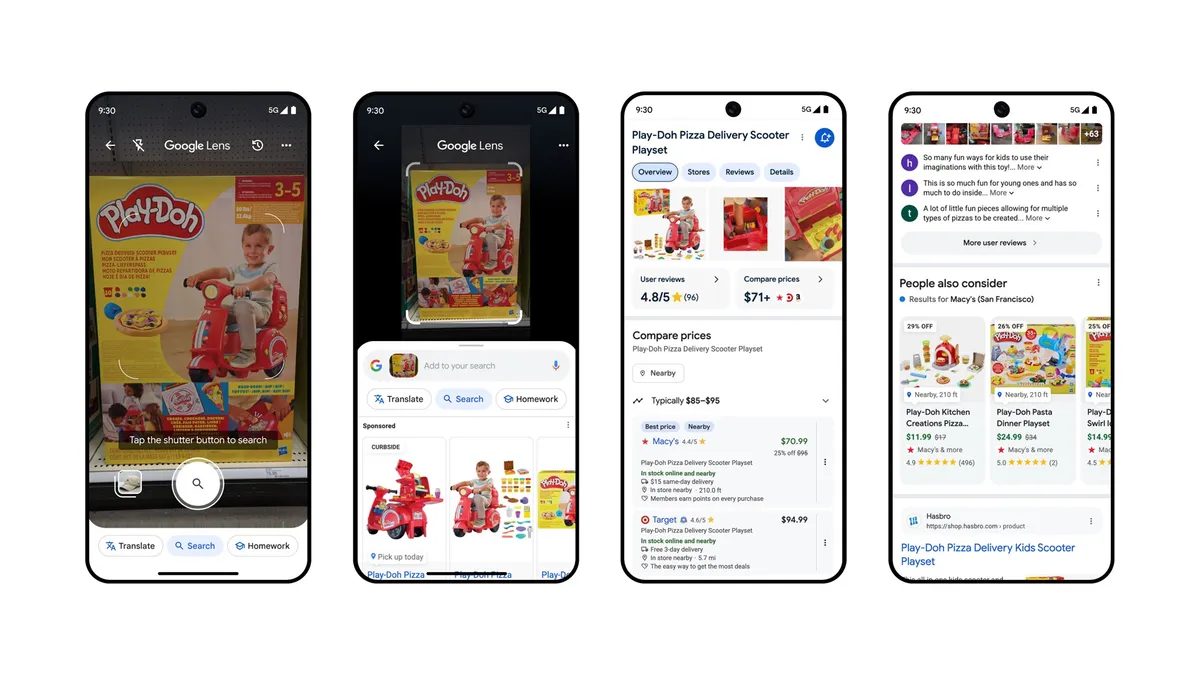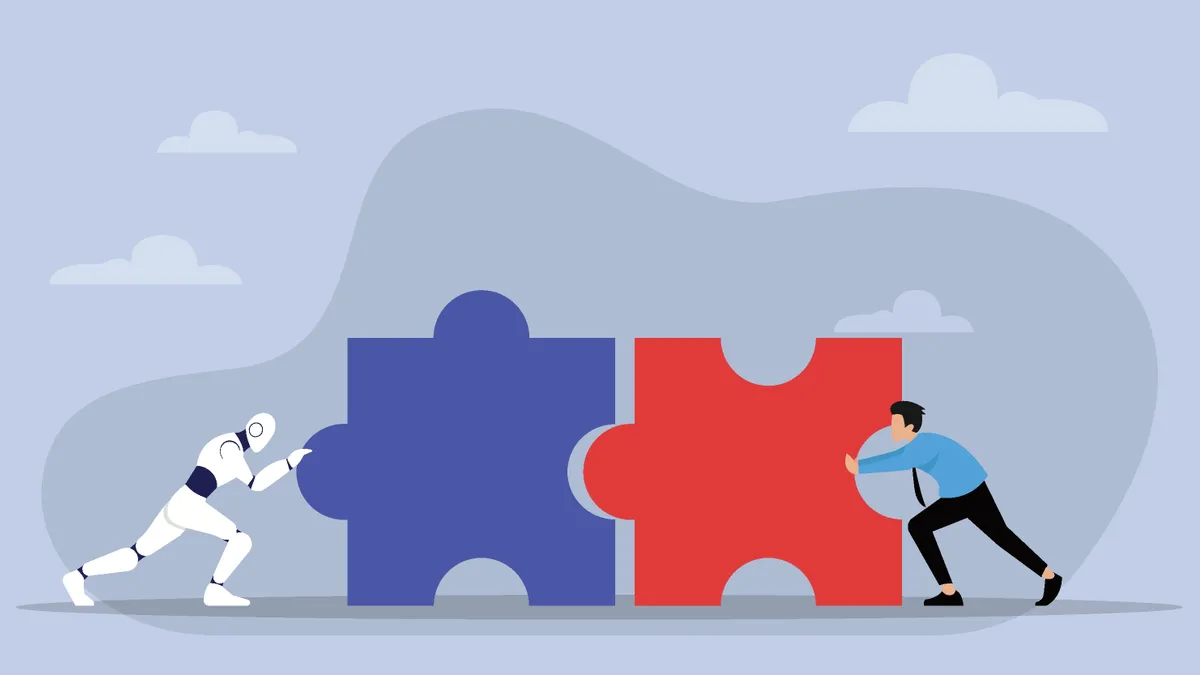Marketers are leaning into the power of the holidays beyond the usual end-of-year season. To engage audiences around cultural moments 365 days a year, brands are tapping into the Disney portfolio for campaigns that go beyond traditional advertising.
Hershey is one such brand that has teamed with Disney to support one of its four major seasons, Halloween. For Vinny Rinaldi, head of U.S. media for CMG and salty snacks at The Hershey Company, the key to the partnership is bringing together both impressions and content integration.
“When we started our journey with Disney, talking about all these different integration points, it wasn’t just how many spots and dots can you achieve with us, but how do you bring our biggest season to life?” the executive said.
Rinaldi discussed the partnership with John Campbell, senior vice president of entertainment and streaming solutions for Disney Advertising, during an Advertising Week New York panel moderated by Marketing Dive senior reporter Chris Kelly.
The following Q&A draws from a larger discussion and has been edited for clarity and brevity.
MARKETING DIVE: Obviously, Hershey’s is synonymous with Halloween. Why invest with Disney specifically around this time of year?
VINNY RINALDI: We have 23 days and counting until obviously our Super Bowl ends. It is the most important time of the year. But when you look at our business, we actually separate our business between seasons. We have big tentpoles: Valentine’s Day, Easter, Halloween and holiday. When you think about our year versus the everyday business, and then you align to what Disney’s doing, from a content calendar perspective, there are so many nuances that just fit together.
When you think about “31 [Nights] of Halloween” [on Freeform], it’s the most natural fit — but it probably took us a year and a half to sell it to our internal stakeholders. All the content that’s accessible on their platforms, all the time spent with that content, it just felt very natural, from a Halloween perspective.
How are you approaching holiday moments with programming and with advertising opportunities?
JOHN CAMPBELL: At Disney, we think there’s a holiday every single day. That kind of sounds like a joke, but … if you see a big studio launch, you have all these fans out there, and they are dressed up. It is their big holiday moment. Same thing with sports. Sports is a religion. If you think about college football and College GameDay, that’s like a holiday in itself.
We think about that across the spectrum for Disney, and then with these big holiday tentpoles, you have families getting together, spending time, watching whatever the new acquisitions we have on Disney+ or on Hulu. It brings them together.
And it’s not always just Halloween, the Super Bowl or the Oscars. For Groundhog Day, we worked with Frito-Lay, and we brought some nostalgia back. It created a whole moment for that day, and nobody really thinks about that day as something like a holiday. We have the ability to do that with brands that really dig in and create.
What does custom content look like with Disney, and what are you trying to achieve with that?
RINALDI: You’re taking some of the most premium environments in the entire content ecosystem that we’re all going after right now. You’ve got incredible content across an entire portfolio, whether it is Disney, Hulu or Freeform. As you think about all these different touch points, what is going to make your brand stand out?
There is so much noise everywhere you go. There are so many things happening at any given moment. There’s literally a daily holiday around something. If you’re going to only serve a 15-second spot, it better be the best 15 seconds you’ve ever created, and it’s really hard to do that at scale nowadays. How do you take content integrations on top of your great spot and bring this entire platform to life?
Tell me about the Reese’s connection with Angel Reese.
RINALDI: Some things come easier than not. Her fans were called Reese’s Pieces. It was a perfect moment for us to lean in. How do you prepare for those? How do you set yourselves up? How do you listen to what’s happening in the social world?
We got a team together really quickly and brought it to life. It was one of those moments where you realized media is no longer the same as it used to be. You have to be able to act in real time in those moments, and get a team that’s really agile to be able to do something like that, but it also shows the value of culture and being real in the moment and really showing up as an authentic brand.
CAMPBELL: That stuff is really, really hard to do. When we think about our live moments, we do over 30,000 live events on ESPN every year — how do we take those live moments and work with a brand who can come in turnkey and say, “Let’s trust each other. Let’s do this together, and then let’s find the ways to measure it.”
How do you measure something like this to justify these investments?
RINALDI: This is why it took us 18 months to get this through the door, mostly because the way that we measure most of our ecosystem is on a media mix model framework. When you make that correlate really well with your business, you start to believe in it more and more. Cheap scale earns higher ROI, but the other side of the equation is effectiveness, and effectiveness is revenue due to that channel. I think we always lose sight of that other side because we look at just CPMs we lowered versus the more expensive media actually driving a greater effectiveness, which is more revenue to our top line.
When you reverse the equation and not just focus on a single number of ROI — don’t get me wrong, it’s super important — but when you change the narrative internally and talk to your leadership and walk them through this, it didn’t make sense to look at the cost of what a Halloween integration will look like because of the impact and the synergy it creates for our business.
When you look at the power of Disney impressions and integrations, you then get, in this instance, a two-times return on investment, as well as a three-times growth in effectiveness, which is top-line revenue during the most pivotal part of our year — which last year did give us our first billion dollar season in Halloween. When you start to really surround the moment, you can start correlating that a lot of these things are playing a role in driving revenue for the company.



